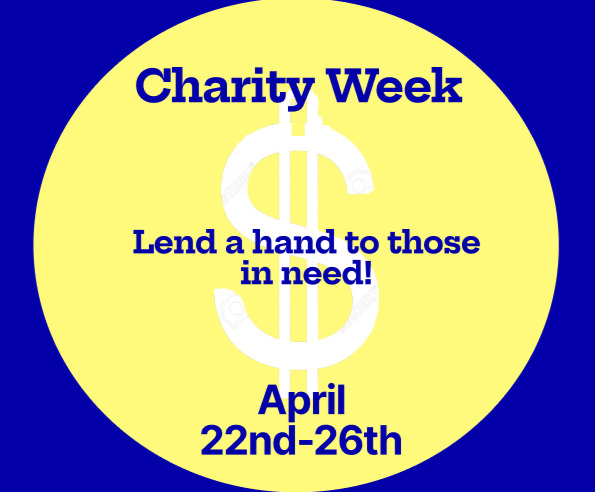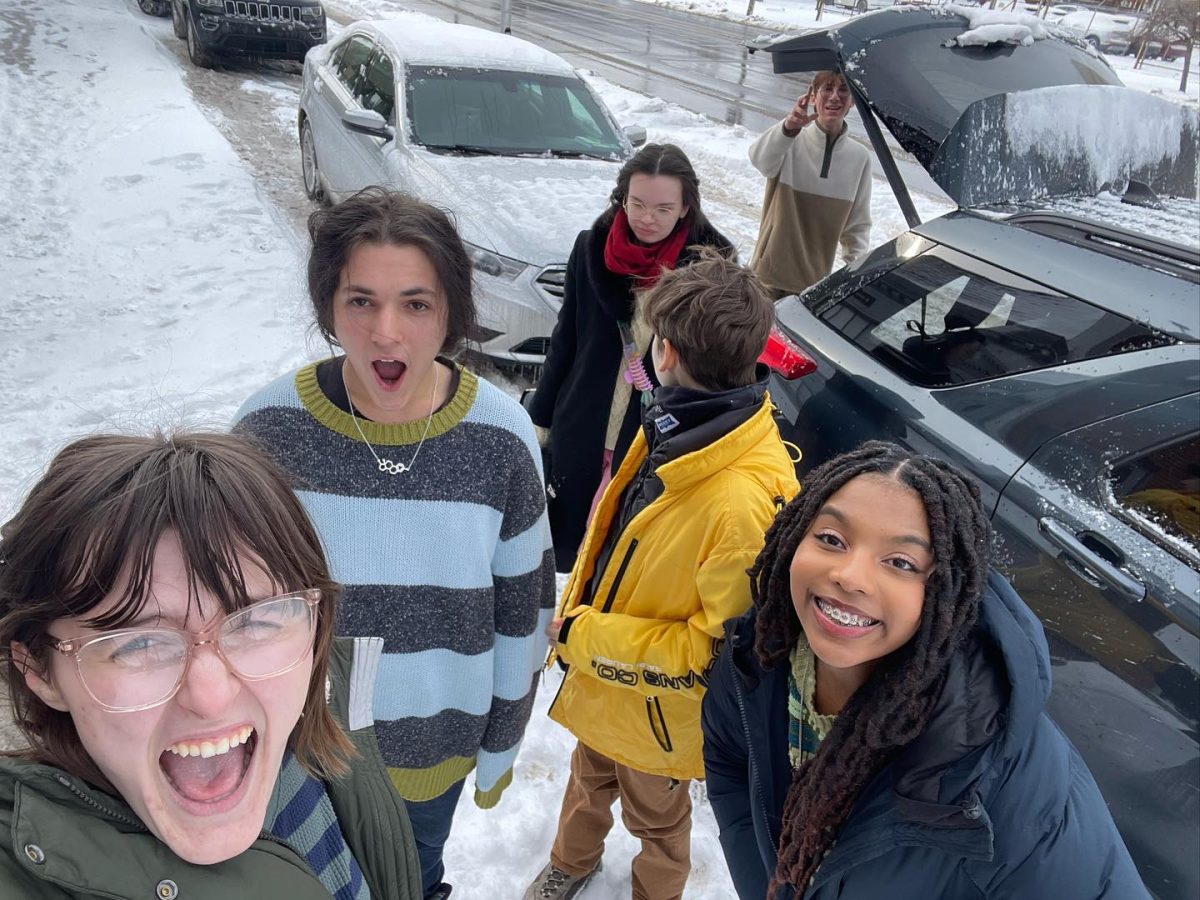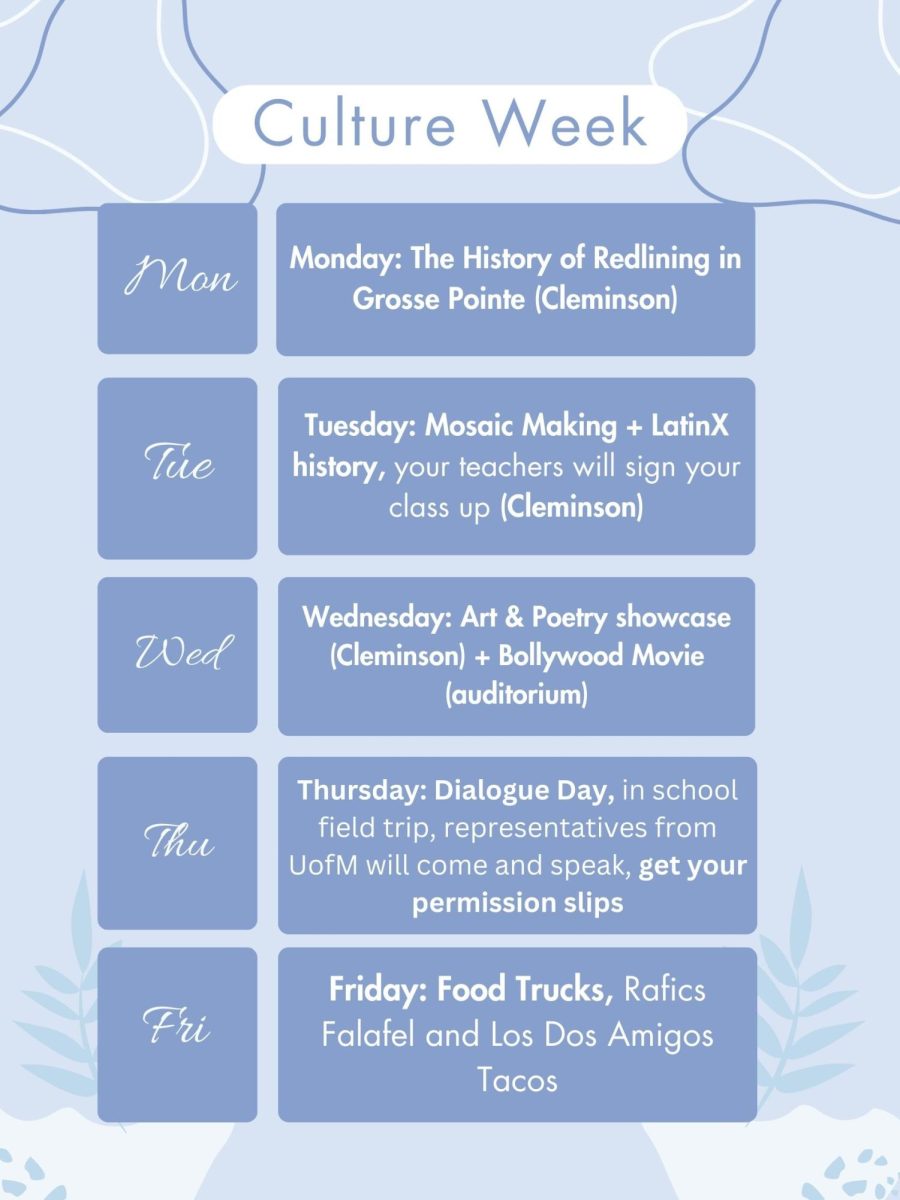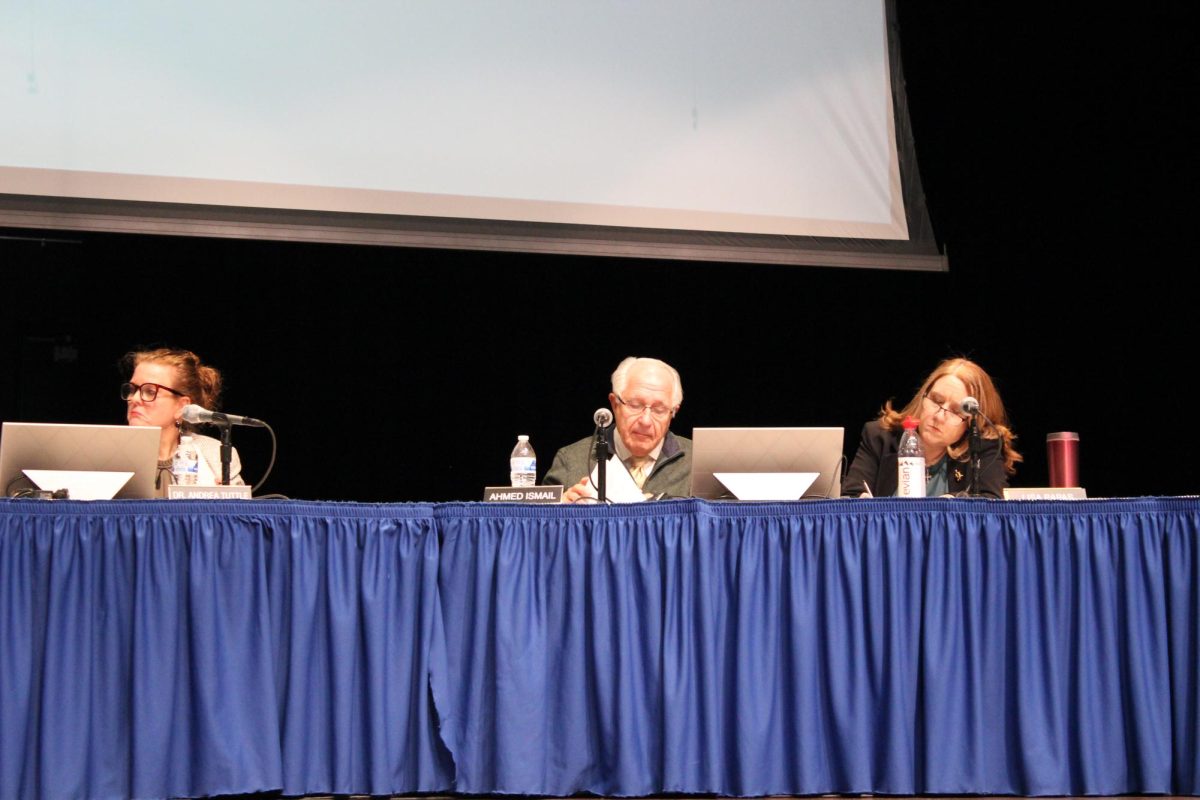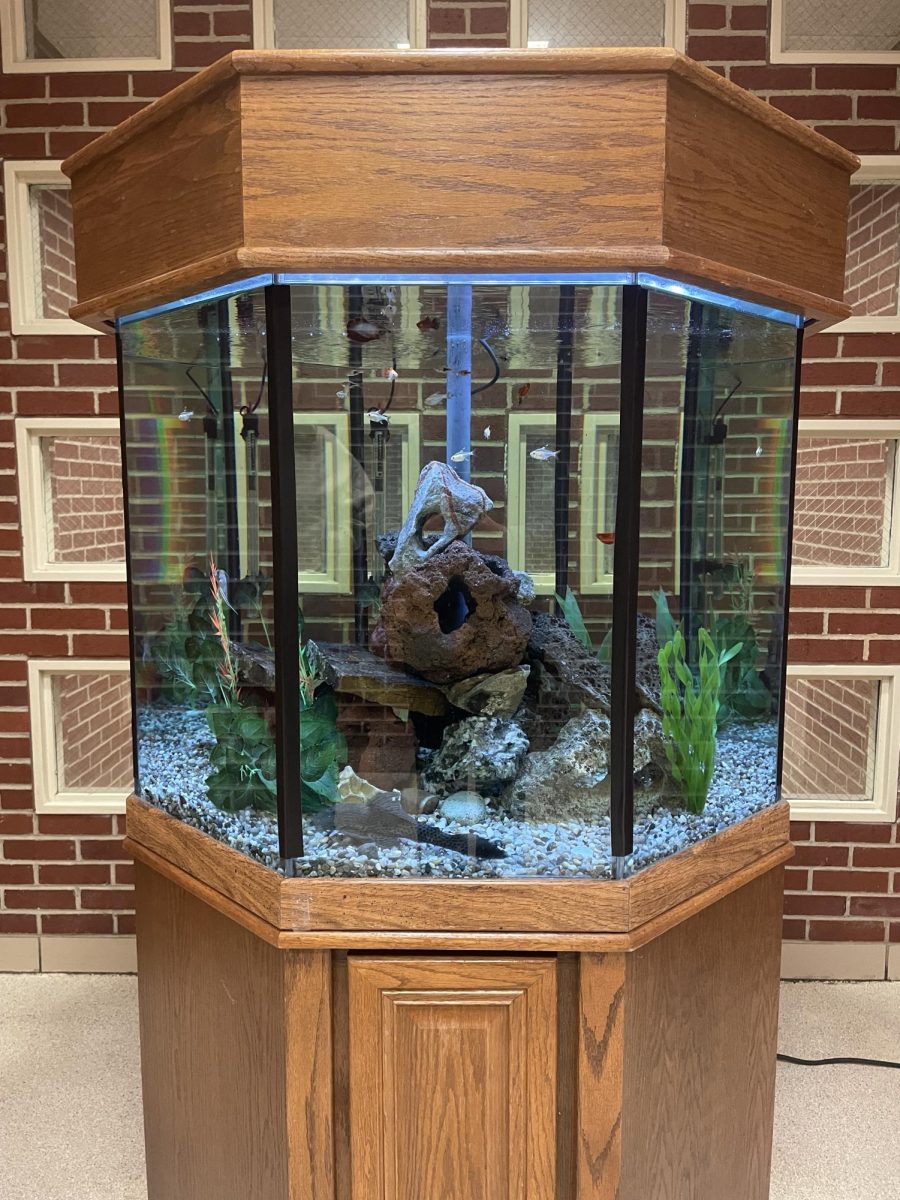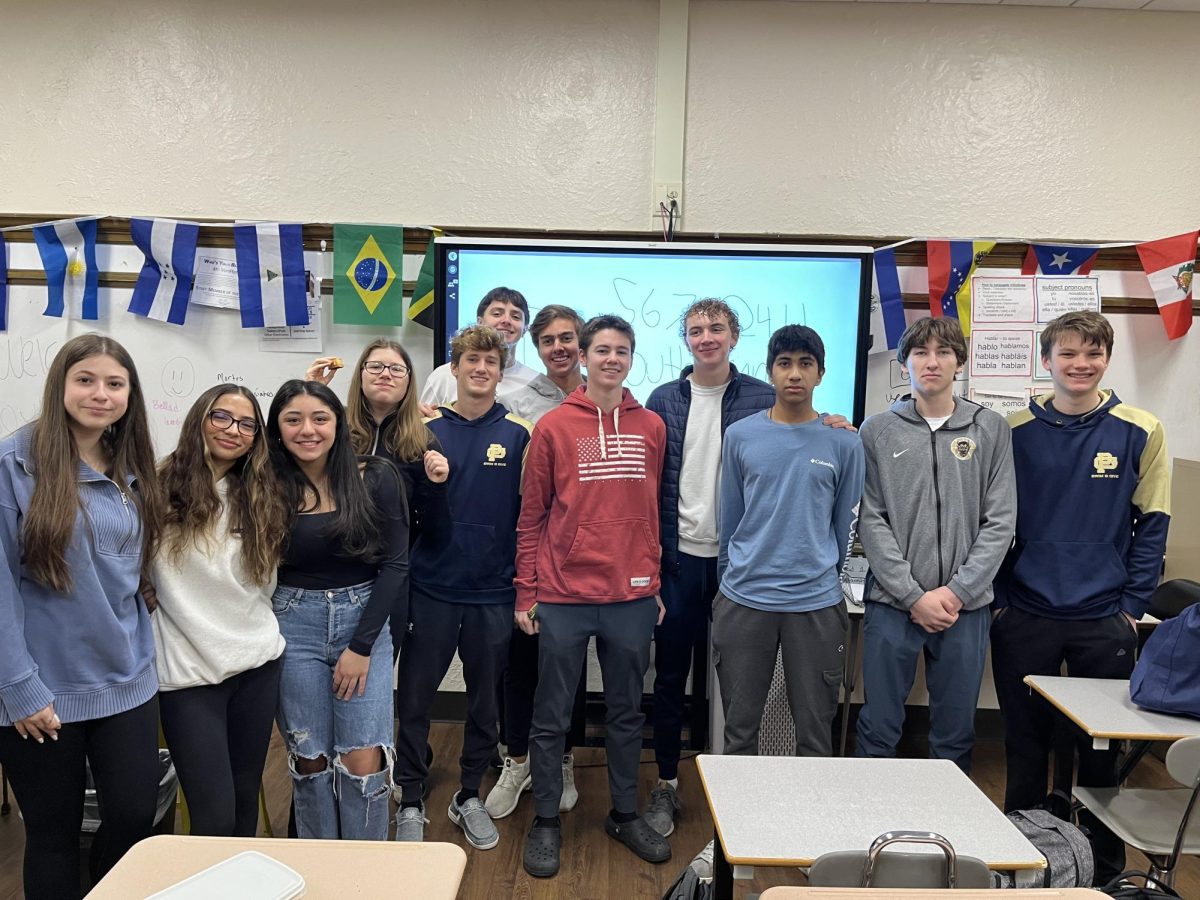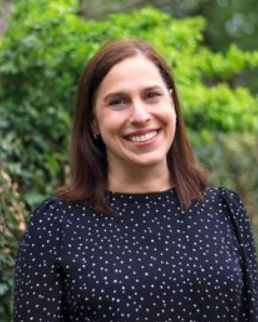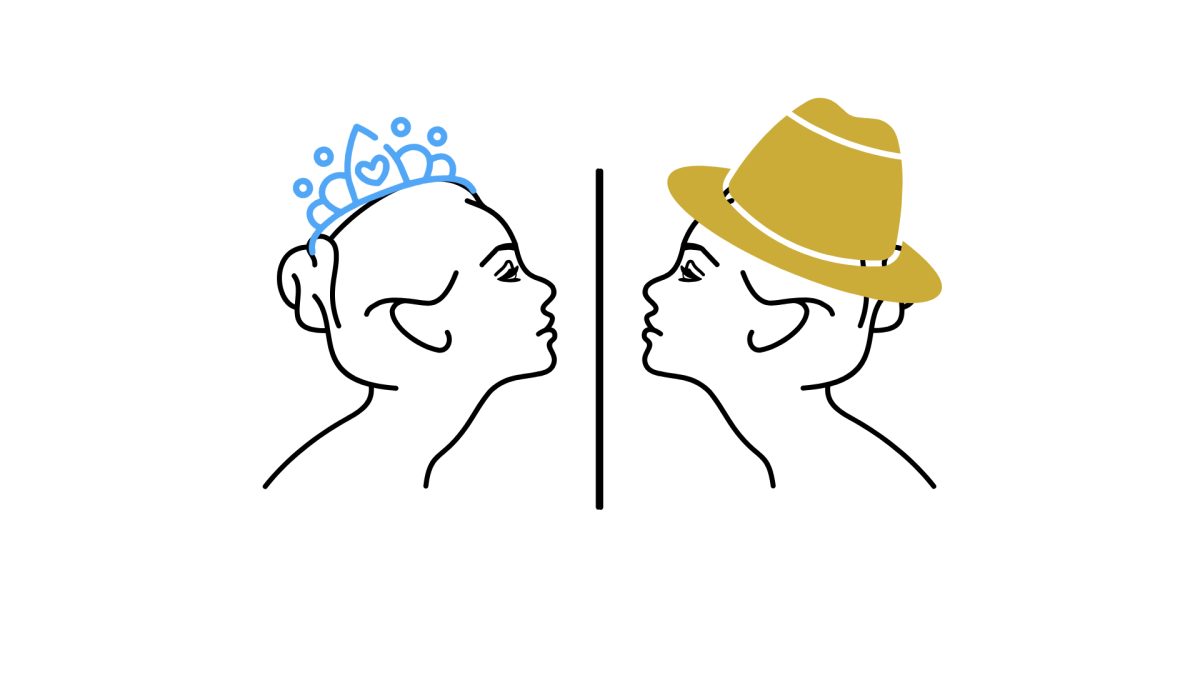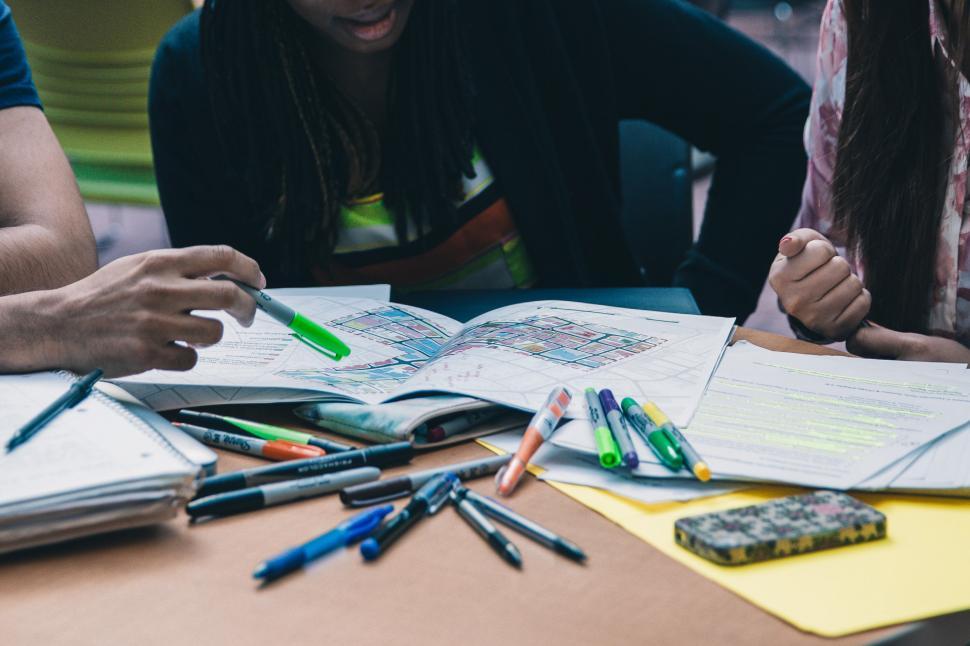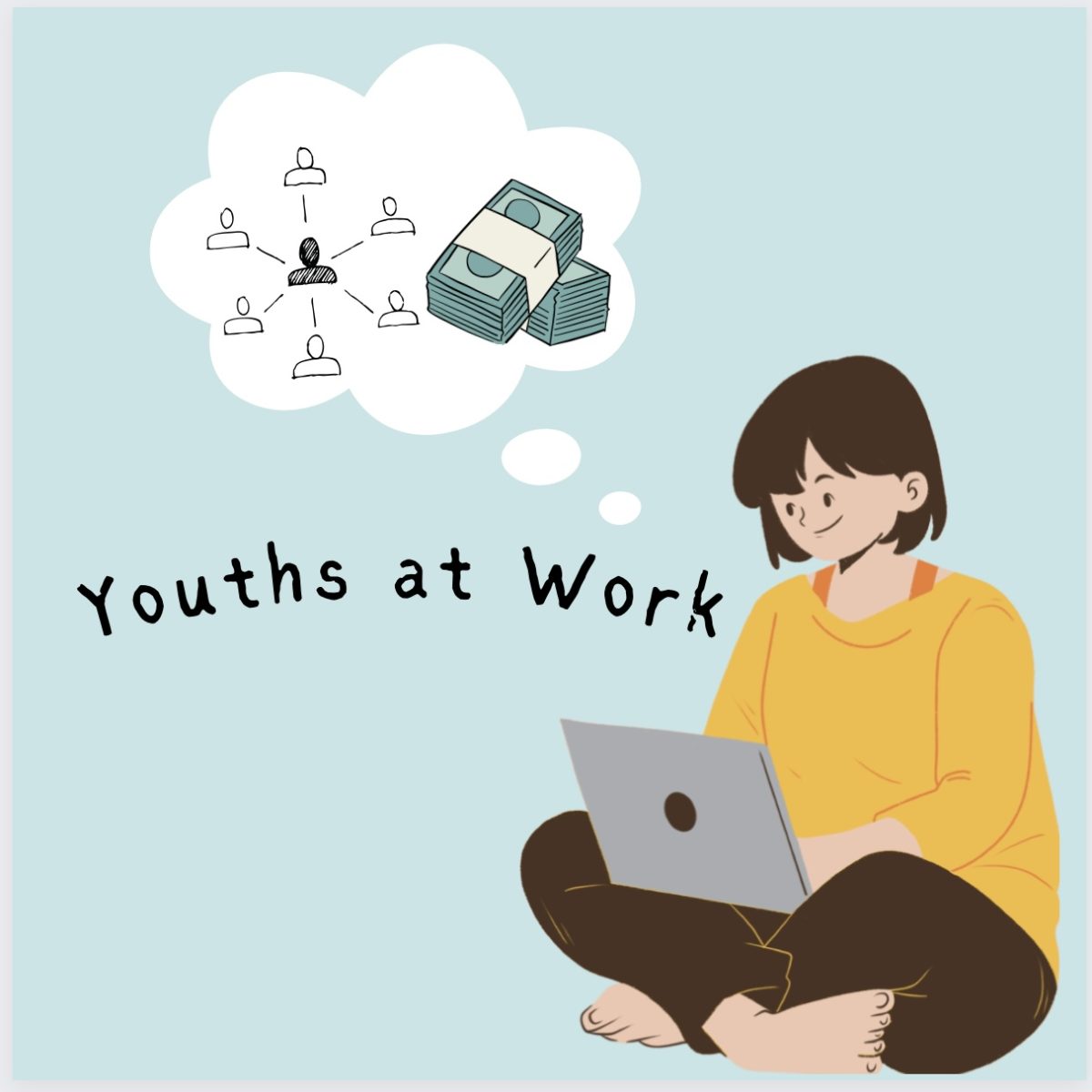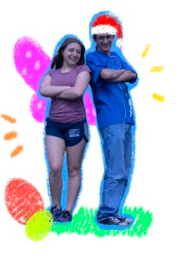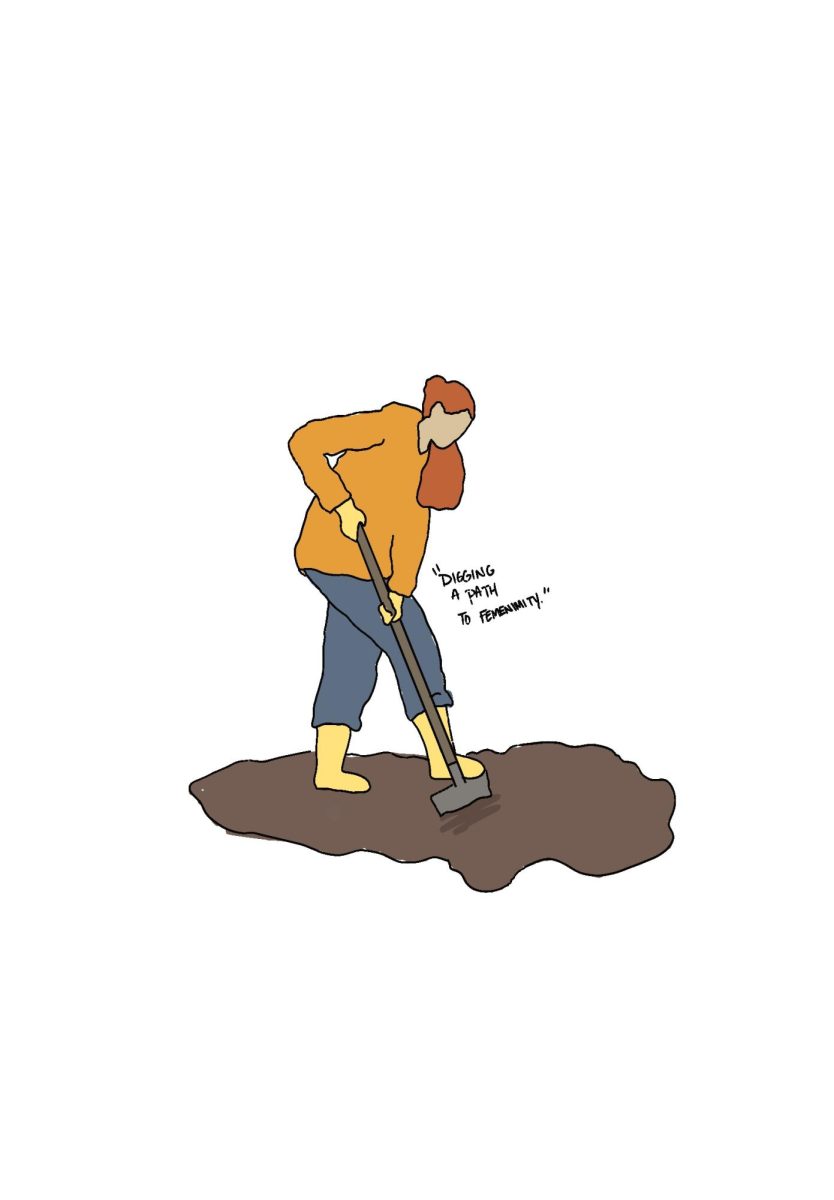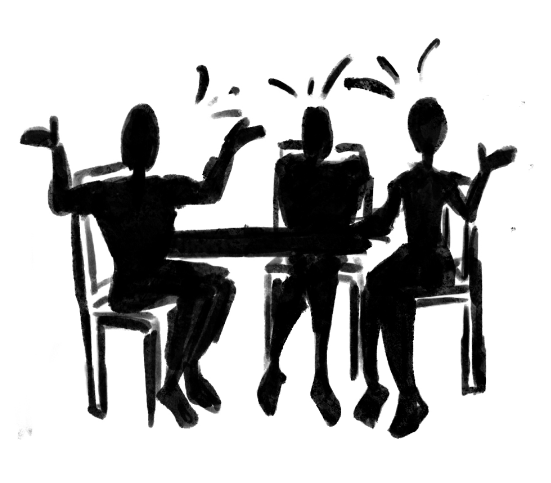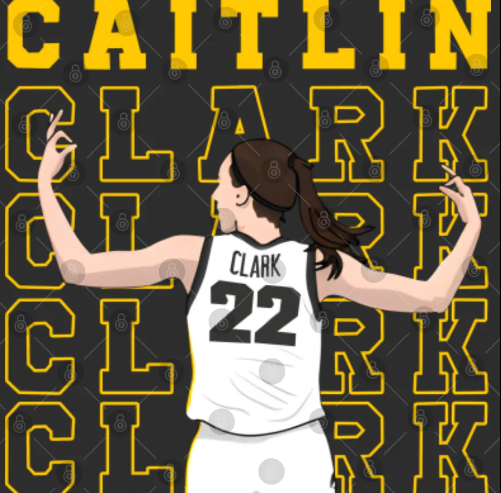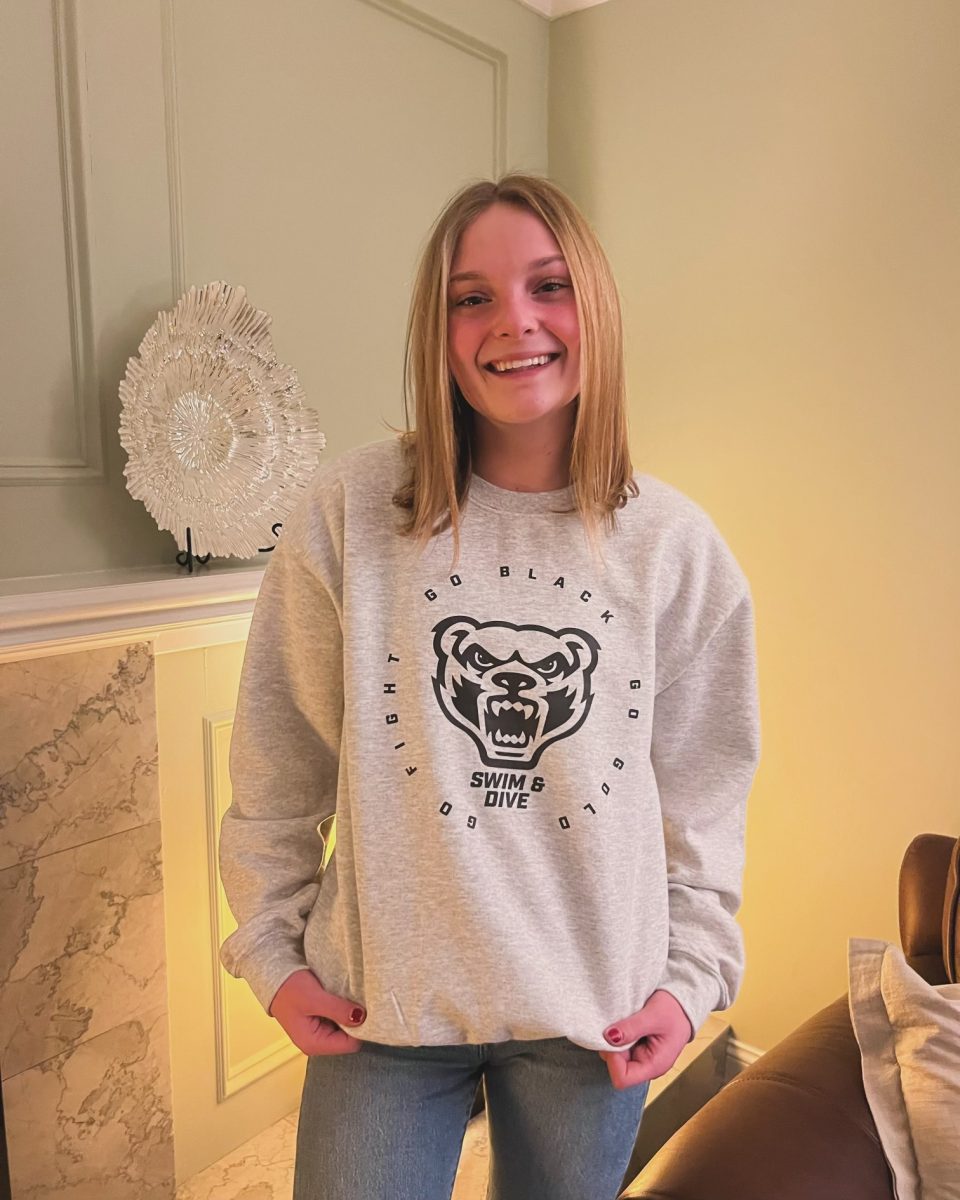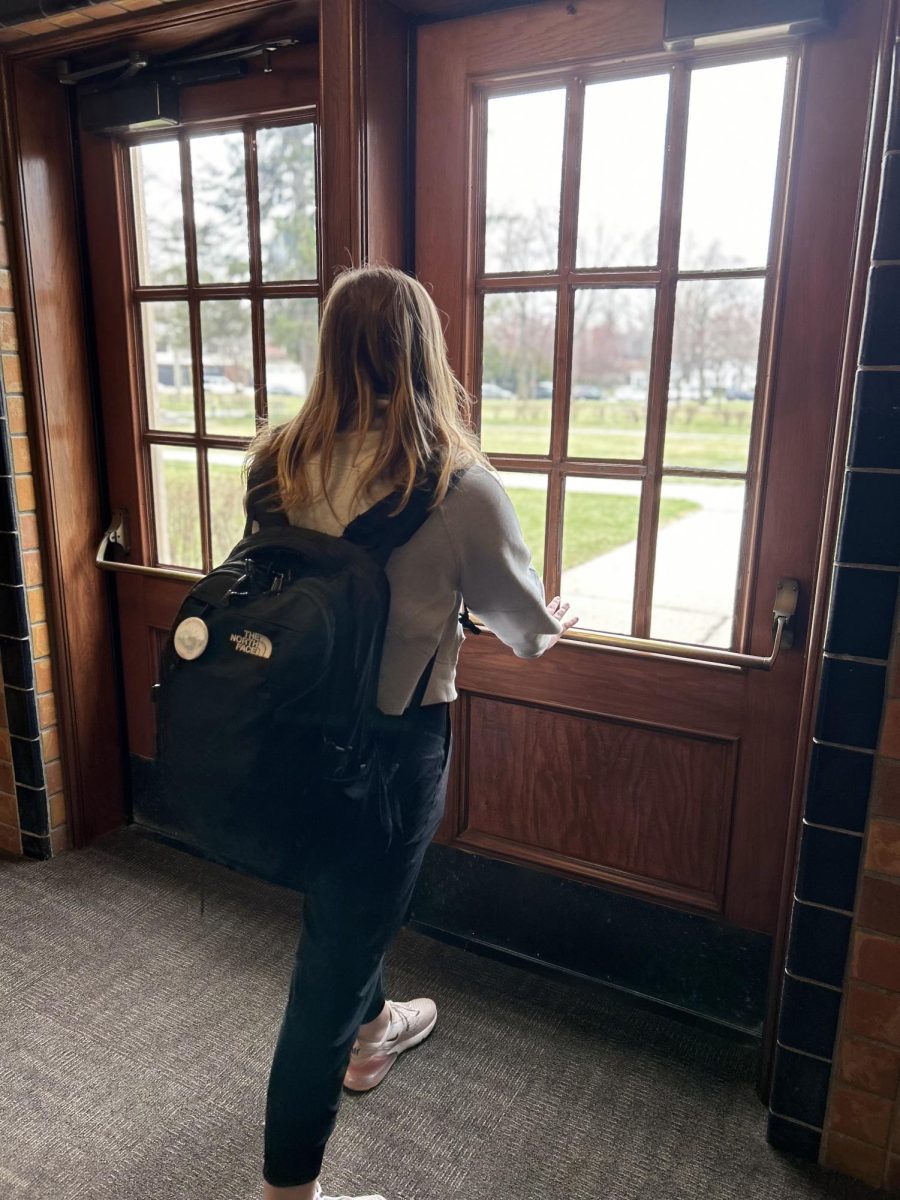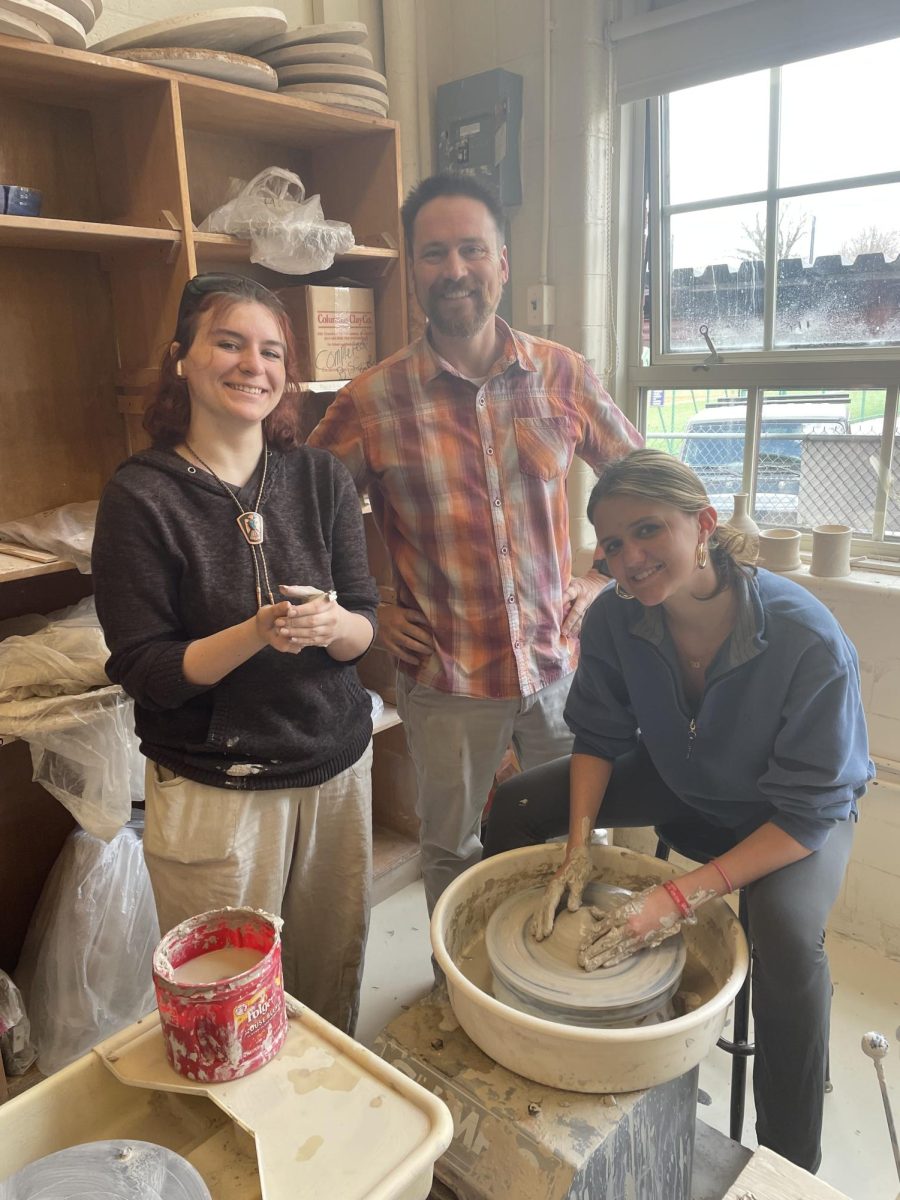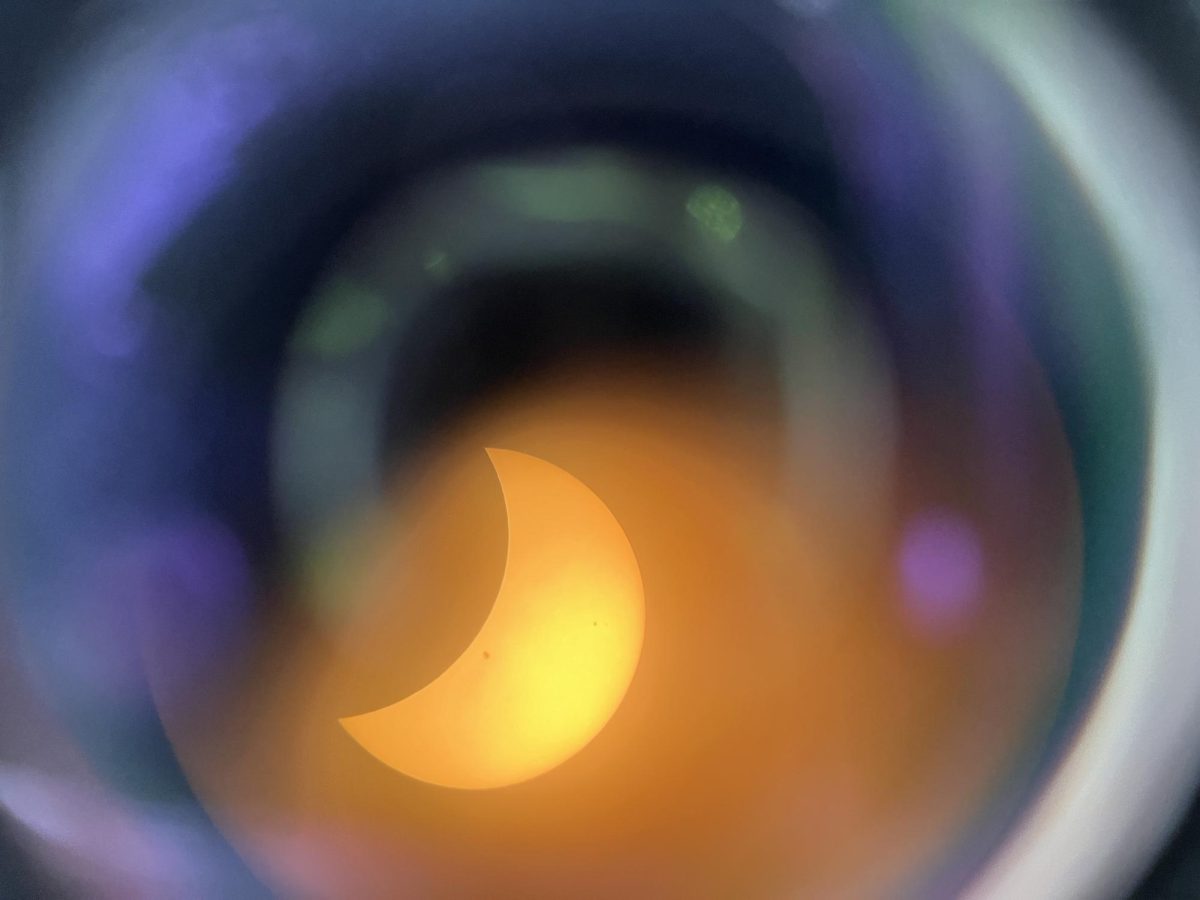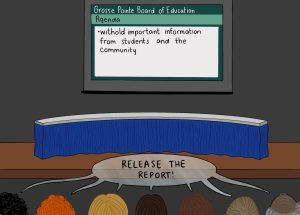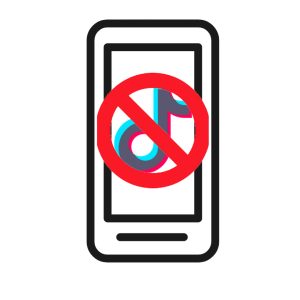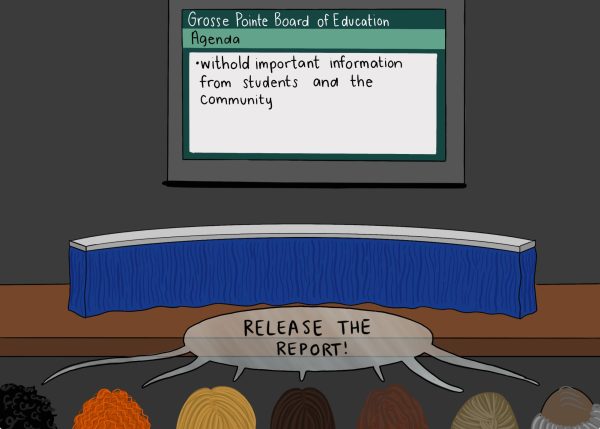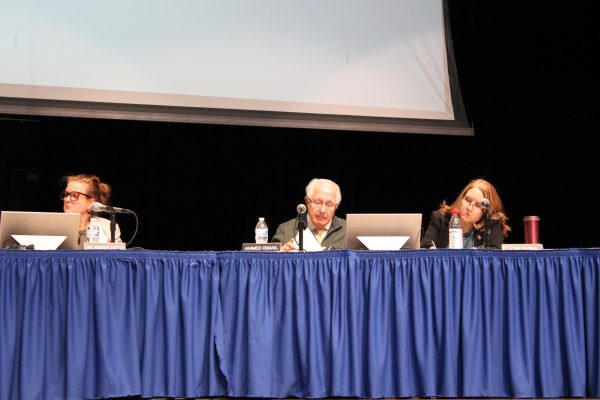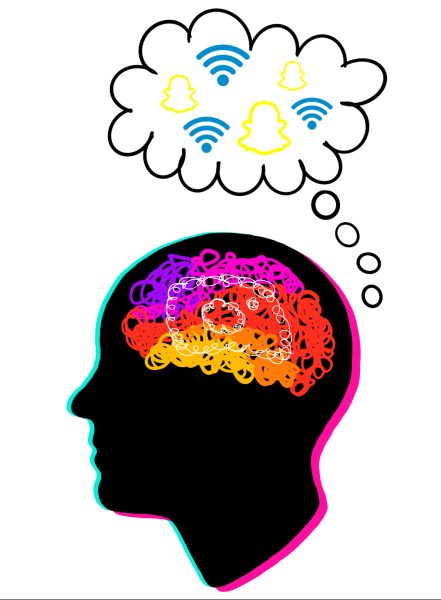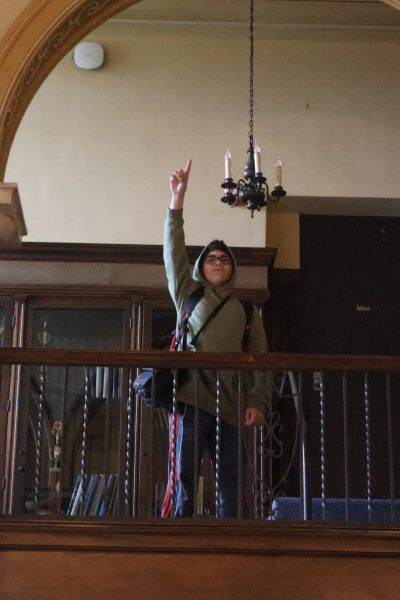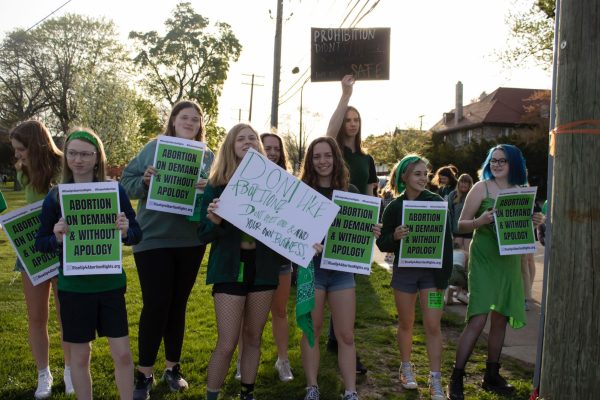Internet journalism emphasizes need for news literacy
April 15, 2019
Anyone can report the news now that the whole world is connected by the internet and social media.
Professor of Scholastic Journalism at Kent State Candace Bowen said anyone can broadcast their ideas as facts to a huge audience who might not always be fact-checking their sources. News literacy is the skills used to judge the credibility of a source in the modern age according to the Center for News Literacy, and how people can make sure they’re getting reliable information.
“Everybody is a publisher– everybody can take things and talk about them,” Bowen said. “It’s very easy now to come from nowhere and post something and have it go viral.”
Social media is something anyone can access from anywhere with WiFi, and post information with no one checking them, but unfortunately, due to it being literally at people’s fingertips, many people get their news from places like Twitter and Facebook, according to Annie Grobel ’86.
“I have the CNN app on my phone, but I also get a lot of my news from Twitter,” Jackson said.
Due to social media’s nature, it does encourage content to keep you on their platform, according to Grobel, leading to an echo chamber of opinions.
“When the royal wedding happened, I looked at an article about the royal wedding, then I started getting all these articles about celebrities,” Grobel said.
Social media shows articles and stories that will draw people in, feeding their viewpoint with anything to keep them on their site, according to Grobel.
“I do worry about (being in an echo chamber of opinions), but I think there’s a certain point where I don’t want to fight with every article I read,” Jackson said.
Grobel was the Editor-in-Chief of the Kalamazoo College newspaper and had fact checkers look at everything before publishing, something that she believes is rarer nowadays.
“Everything you read as a person, you have to make a final decision about whether or not the source is credible,” Grobel said.
This is becoming increasingly difficult, however, because lots of sources present themselves as legitimate with “bell and whistles” according to Grobel.
“We have to start with students– we have to get them to question the source and to keep looking further into (the source),” Bowen said.
Bowen said that News Literacy programs should be taught in grade schools, and incorporated as a part of the curriculum to show students early on how to discern what is a good source and what isn’t. Bowen said there is a problem with attitude and people need to stop spreading questionable information without looking into it themselves.
“We need to convince people not to add on to (the problem),” Bowen said.
Bowen used to take this issue on herself, contacting writers who published stories that had questionable facts in them.
“If I had time I would start checking (suspicious stories) out,” Bowen said. “I would look at various places, including Snopes to see if (the story) was just a plain old hoax. And a while back I would send a really innocent, ‘playing dumb’, message back to the person who posted it saying ‘Oh gosh, this is really true’ and give them the link to (a page that debunked their claim).”
However, what Bowen found disheartening was that a lot of the people didn’t care and continued to post stories with factual errors, causing her to “quit wasting her own time.”
“It felt good for a while like I was teaching someone something, but I don’t think I was,” Bowen said.
With people who clearly don’t care that they spread false information into the world, it’s vital that readers look into their stories themselves, according to Bowen. Storyful and Snopes are both sites that can fact check stories with sophisticated aggregations of known reputable sources to compare to.
“(Smaller publishing entities are not that sophisticated that we can verify like (Storyful), but we can definitely questioning to try to find ways that we can verify or debunk sources,”
An easy way to tell that someone isn’t a good source is as easy as looking at their grammar, according to Grobel.
“If they can’t write a decent sentence, how can we trust that they actually looked up the fact that they were supposed to?” Grobel said.
Sources with long reputations of reporting the truth are the most credible, according to Grobel.
“I know if I get something from the Washington Post or the New York Times, it has a reputation,” Bowen said. “I can’t trust something as much if it came from something I’ve never heard about before.”
“If you get subscriptions to (larger new sources), those are more expensive than the ones that are just kind of saying whatever they want,” Hayden Barry ’21 said. “You have to choose what you think it portrays, what’s actually happening to that message.”
Many people have also used the general lack of news literacy to their advantage, in political spaces according to Bowen.
“The bigger the lie, the harder to believe, but some just push to see what they can get by with,” Bowen said.
The media has lately been painted as distrustful, according to Jackson.
“I think that some people have been demonizing the media and journalism in an attempt to hide the truth,” Jackson said.
The truth is vital to teaching the next generation and educating people in a world wider than themselves, according to Jackson.
“(Keeping up with the news) allows you to know what’s going on,” Barry said. Knowing what’s going on today can better prepare you for the future so you don’t make the same mistakes that have been made.”

